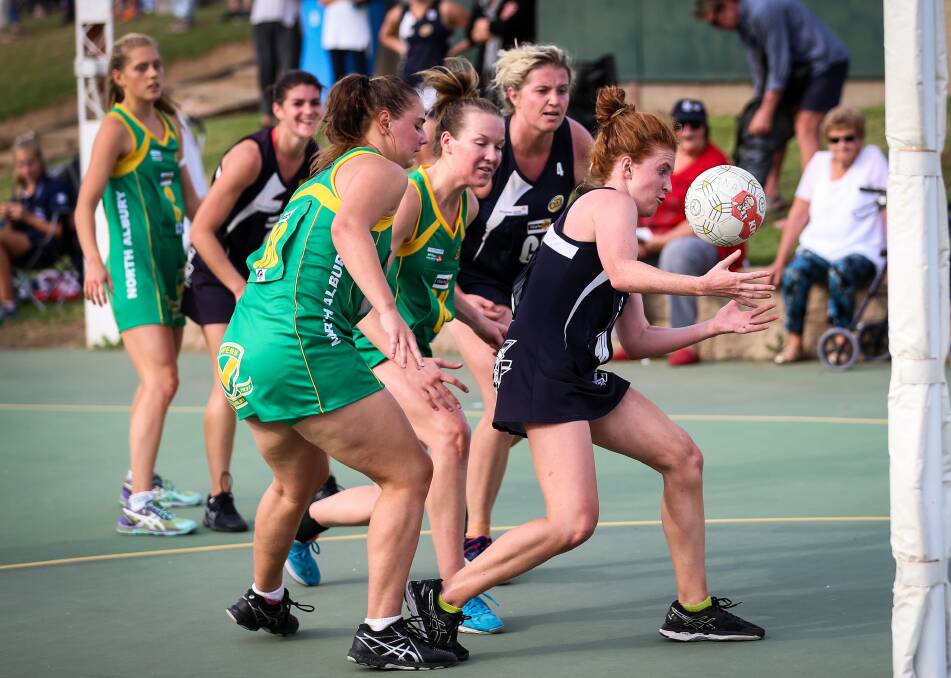
Ankle sprains are one of the most common injuries in netball. With the stop-start, fast paced, landing and pivoting nature of the sport, this is really no surprise.
Subscribe now for unlimited access.
or signup to continue reading
A sprain is defined as a tearing of the ligaments that connect bone to bone and help stabilise the joint.
So how do we prevent ankle injuries occurring?
Prophylactic taping and bracing have been used extensively by sports medicine providers for decades to prevent ankle sprain injuries.
Studies show that athletes with a history of ankle sprains do benefit from preventative ankle taping or bracing. However, there is less evidence to show that the same goes for those athletes who have never injured their ankle.
So the question remains? Should I be taping /bracing my ankle? And which method is better.
Positives of tape is that it can be manipulated to suit the foot type of the athlete, and extra support can be placed in areas of need. However, taping does tend to loosen within about 30 minutes, decreasing its supportive capacity; skin irritation can occur; and taping can become quite costly.
Braces on the other hand, are less able to be specifically tailored to a specific athlete, but they are more adjustable in their support.
There is also no risk of skin irritation and they can be a more cost effective option.
Some people may suggest that taping or bracing weakens the ankles. This is not true for those that are only using the preventative support during games.
Maintaining strength and proprioception in the ankle is important.
Proprioceptors are sensors that provide information about joint angle, muscle length, and muscle tightness, which together provide information about the position of the limb in space.
These sensors help the ankles adjust to rapid changes in movement, thus preventing a movement that could cause injury. Research shows that proprioceptive training programs are effective at reducing the rate of ankle sprains in sporting participants, particularly those with a history of ankle sprain.

